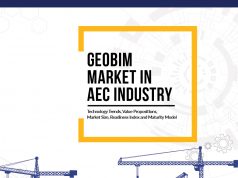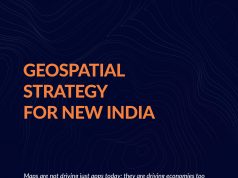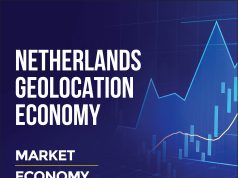The 4th Industrial Revolution (4IR) is characterized by, amongst other
things, Big Data, Artificial Intelligence, advanced robotics, automation, the
web, smart technologies, and digital disruption. Several elements of the
human, physical and digital environments have merged in the 4IR, leading
to unprecedented societal changes. These changes embrace all aspects of
life and living, including government policies and services, leisure, work,
poverty, and industry and its products.
Users, human and machine, now want contextualised on-demand
knowledge. As geolocation becomes ubiquitous, time and place become
ever more powerful data attributes in providing that knowledge by helping
answer the what, where, when, how, and why of things. Problems are
solved, opportunities grabbed, services delivered, and decisions made
through a partnership of users, data, technologies, and people
interconnected through the web. The geospatial sector is at the core of this
digital ecosystem.
To generate value, this digital ecosystem needs to integrate many varied
data sources, including real-time, improved analytical capabilities, and
make a move from data to knowledge services to solve real-world
challenges, whether for humans or machines.1 The geospatial sector is
central to this, whether one off COVID-19 tracing apps or long term
enablement of safe automated vehicles and drones on city streets.
4IR is changing the world and the geospatial sector must change with it.
New technologies, varied data sources and user demand will require a
next-generation geospatial infrastructure that embraces automation,
dynamicity and real-time delivery of knowledge. There is just too much
information for humans to process on their own in the time available to
them. This paper introduces the way to enhance future value by releasing
“the power of where”2, that is, Geospatial Knowledge Infrastructure (GKI).
GKI provides the geospatial dimension to the 4IR technology, data and
knowledge ecosystem, ensuring that the geospatial sector meets
emerging user expectations. This paper starts a discussion that will
continue through 2020, outlining the shape of geospatial knowledge in the
decade ahead.




